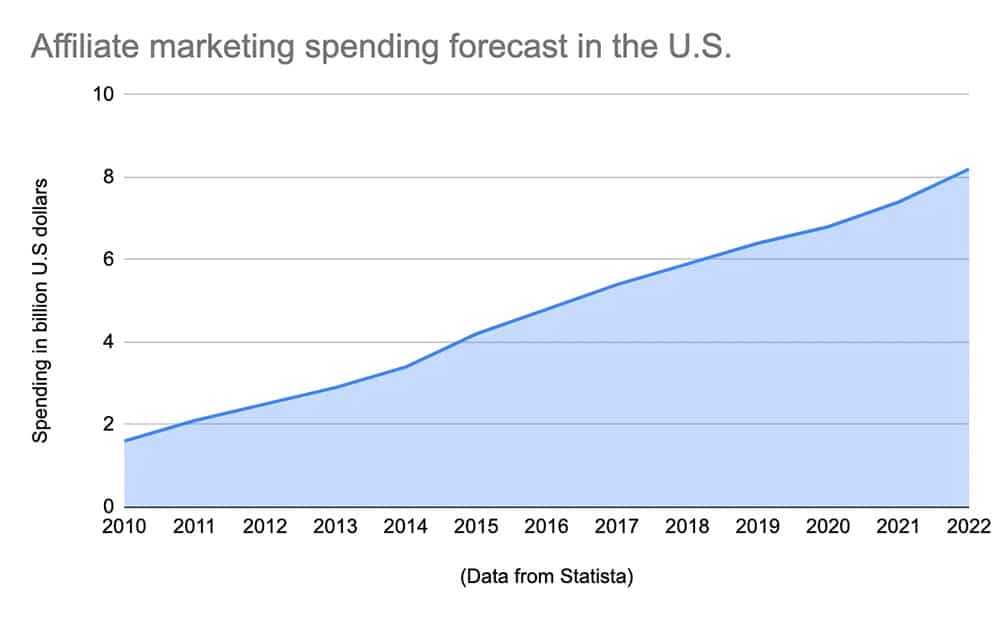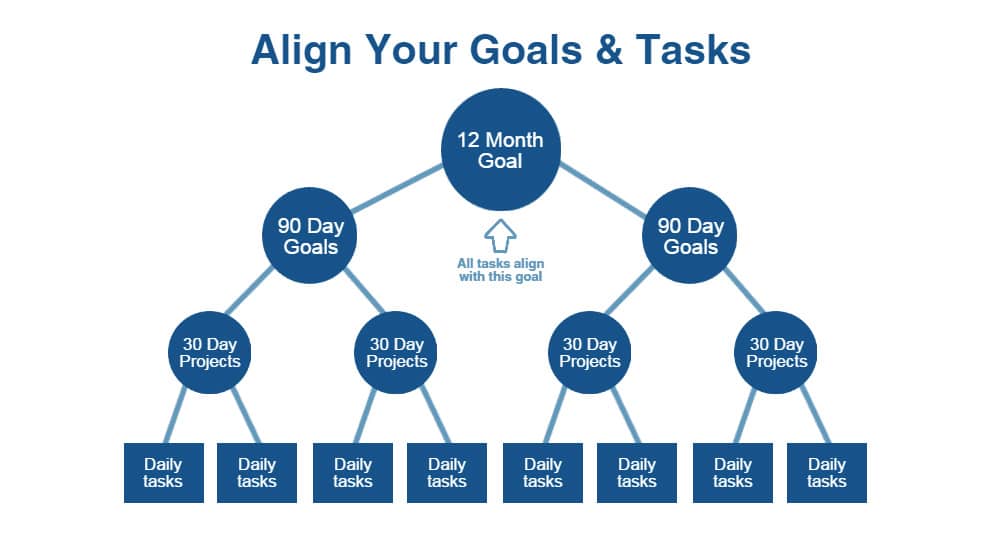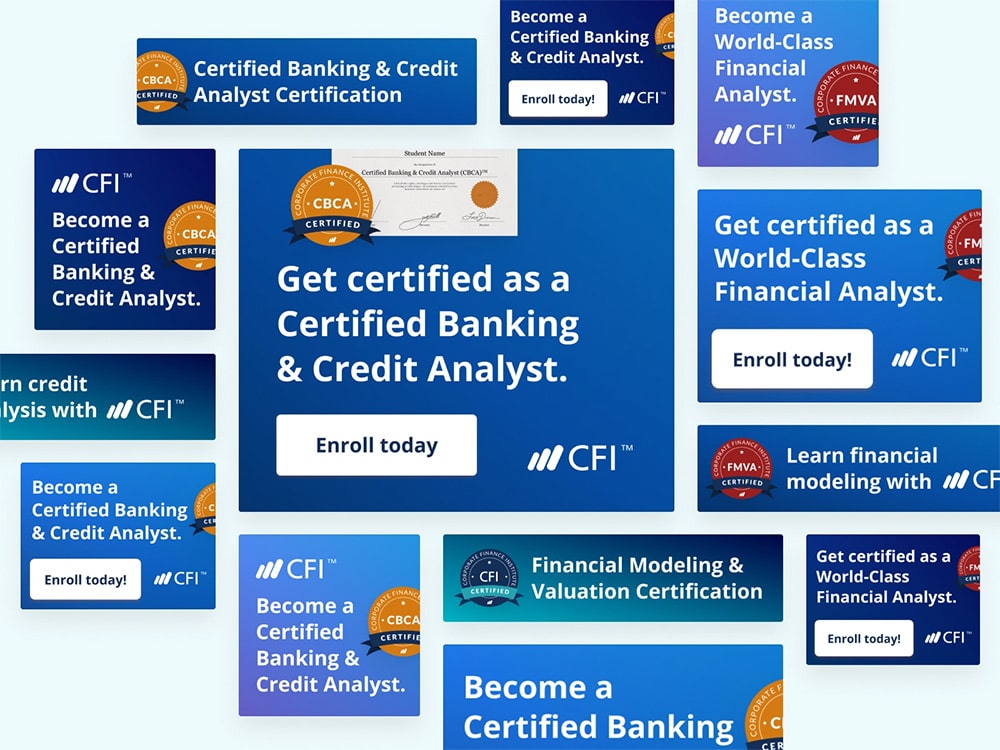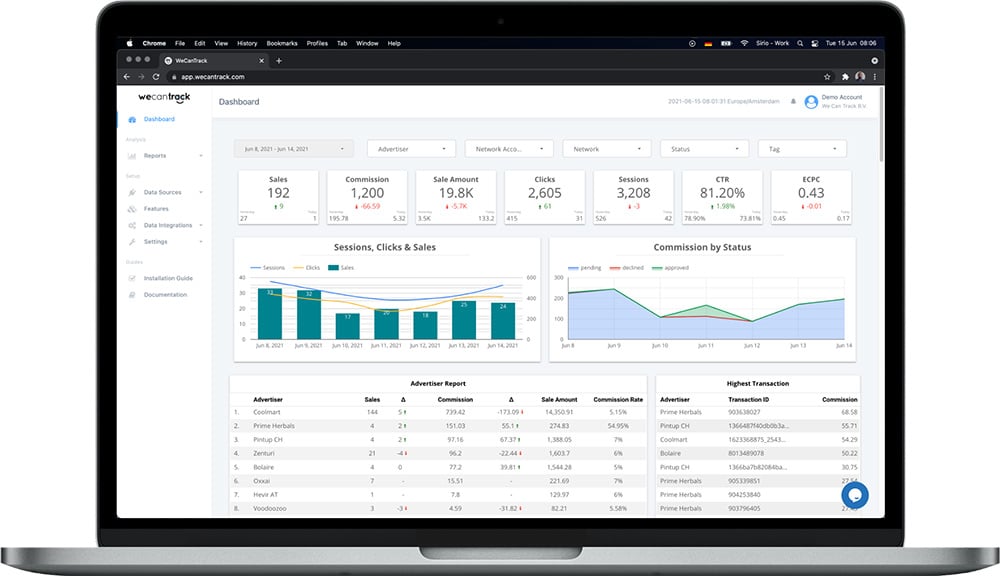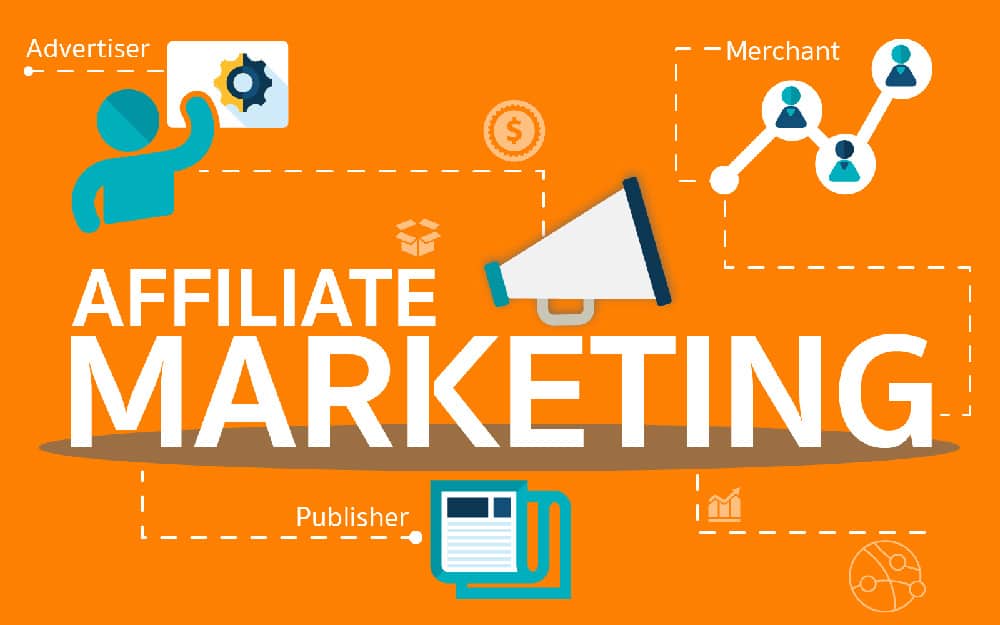
There was a time when marketing was a leap of faith. You’d pay for radio and TV spots, press ads, and billboards. You’d hand out leaflets, send mailshots and press releases. It was time-consuming and expensive.
You’d do all this in the blind hope it would work. But when someone walked through the sliding doors on a Saturday morning, there was no way of knowing which, if any, of your marketing campaigns had paid off. Not without market research. And there was no guarantee of accuracy there either.
Marketing was like throwing hundred-dollar bills out the window and hoping some of them might blow back in
Times change, and in our modern digital age, we’re constantly bombarded with information from multiple platforms and channels. We need to be wary of device addiction, and learn how to manage email overload. For marketers, scattergun, untargeted marketing is now considered expensive, dated, and even annoying.
However, there is a modern marketing practice that utilizes all the benefits of our digital age. It combines data analysis, SEO, branding, and networking. It means you pay a small percentage of your profits, but only when you get provable, measurable results. It’s a key strategy for eCommerce business growth.
But how do you partner up? What messages should you communicate? What is exploratory testing, and what part can software play?
If you give us 10 minutes of your time, we’ll give you some fantastic insights into digital marketing. You scratch our back, we’ll scratch yours, everyone wins. That’s how this works. Welcome to the world of affiliate marketing.
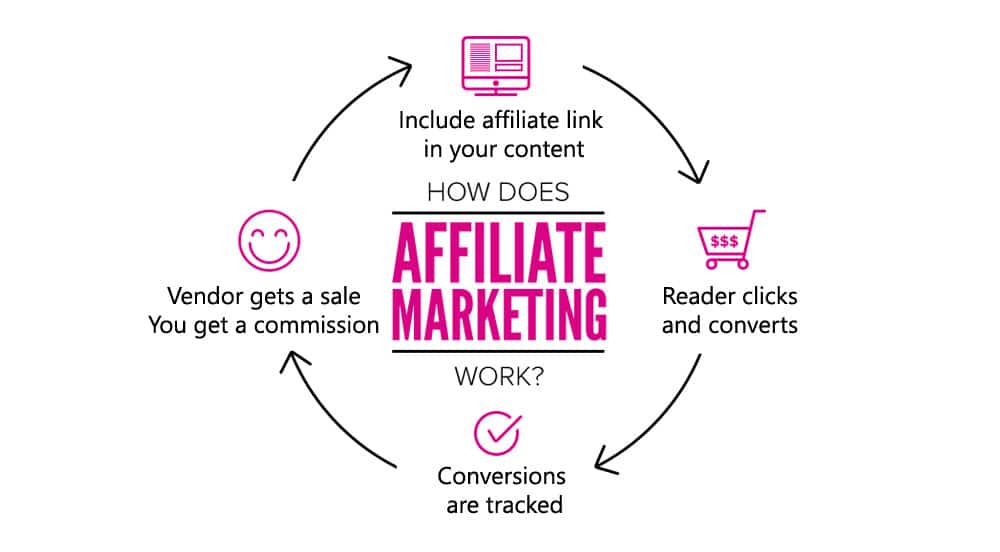
1. Identify the Benefits of Affiliate Marketing
Let’s say you run OnlineStoreOne.com. Cool URL, by the way. You have a healthy database of customers on your CRM that you’ve spent many years and many dollars compiling.
Now look over at OnlineStoreTwo.com. They also have an enviable database that’s taken time and money to accumulate. For minimal expense, you could cross-pollinate your databases and share the wealth of your years of business building.
Affiliate marketing is a similar principle to backlinks in SEO. You include a link to a partner site on your blog, and they do the same in return. You’re effectively pooling your CRM databases. Over time, you build a rich affiliate marketing program and pass your customers back and forth like a soccer ball. The benefits of eCommerce are numerous.
Before you launch your affiliate marketing program, consider what it can do for you to make sure you’re fully capitalizing on opportunities.
It’s cost-effective
For a single click-through or conversion, you pay a small percentage of your profit for that sale. But you only pay for the first sale, and it’s a sale you wouldn’t have gotten without the affiliate clickthrough. Plus, that first sale could turn into a valuable and loyal repeat customer. You don’t pay your affiliate any commission for those future sales.
It’s measurable
From a simple dashboard panel, you can see exactly how many new converts you’ve had and where they’ve come from, so you know which of your affiliates are proving successful and which relationships to pursue more closely. You can track your progress with eCommerce marketing automation tools.
You don’t waste a single dollar
Because you only pay for successful converts, there’s no waste.
You pay nothing upfront
Affiliate marketing flips ROI on its head. You invest in your returns. You pay a small percentage on successful converts from money that’s already in the bank.
You benefit from the credibility of your affiliates
When someone is a loyal customer of a store, they’re likely to trust the sites and products they link to. This improves brand awareness.
It’s great for eCommerce SEO
Search engines love relevant links to independent content. If they get clickthroughs from your users, all the better. Similarly, if your content is linked on other websites, you’ll shoot up SERPs (search engine results pages). This is a great way of increasing your traffic at little cost.
Investment in affiliate marketing has grown year on year from just below $2 billion in 2010. In 2022, it’s forecast to surpass $8 billion.
2. Optimize Your Website
One of the key objectives of affiliate marketing is to raise your visibility. You want to increase traffic to your store from relevant customers so they can buy your products. But if your website isn’t optimized to comply with the latest Google algorithms, you won’t convert as many clickthroughs. A quick search will reveal numerous sites with basic failings.
Loading times
Around a quarter of users will abandon a website if it doesn’t load in four seconds. Speed and efficiency are essential in breaking through today’s information overload.
The largest images on your site should be no more than 2,400 pixels wide, but note that’s only for full-width images. Smaller images for listings don’t need to be that big. They’ll slow down your load time and you’ll lose customers before they’ve even seen your products.
Optimization for different screen sizes and browsers
Today’s shoppers use various devices and screen sizes, often in conjunction. From mobile and tablet to desktop, your website should be 100 percent functional and responsive.
Dynamic user interface
Could your website be easier to navigate? A responsive menu system is essential for a smooth user experience. It’s also great for Google’s bots so they can easily navigate and index content. That means customers can find what they’re looking for when they search. Website personalisation can boost user engagement and increase interactivity.
Provide useful content
When users land on your website, how long is their session time? Do you provide articles, blogs, FAQs, and relevant neutral links? Make your website a hub of useful information and engaging content. This will turbo-charge your SERP position.
Regularly update your content
Search engines like sites that regularly provide new content. They like sites that continuously update their current content too. That doesn’t mean superficial corrections or minor text edits. It means a wholesale refresh of the content. Google’s bots can differentiate between the two.
If you address these factors, you will increase traffic and reduce shopping cart abandonment.
3. Set Goals
Let’s get to the figures. You need to set a percentage commission for a successful conversion. This will be the figure you offer affiliates and must leave a high enough profit margin to be sustainable. It usually ranges from five percent to 15 percent. The higher the commission you offer, the higher the class of affiliates you’ll attract.
Affiliate marketing offers various benefits. It’s therefore worth setting targets for what you want to achieve for your business. These might include:
- Increasing traffic to your site
- Reducing shopping cart abandonment
- Increasing average order value (AOV)
- Growing clickthrough conversions
- Increasing annual turnover
- Higher year-on-year growth
Your affiliate marketing program will be easily scalable. It can grow as you and your affiliate’s businesses grow. Keep an eye on your targets so you know when to push and what is and isn’t working.
4. Select Your Affiliates Carefully
As much as a strong affiliate can improve your business, a bad one can harm it. In strategy two, we looked at the optimization of your website. You should conduct the same analysis on your potential affiliate sites. You can use online tools such as Ahrefs to gauge their value.
Aside from the basic functionality of their website, selecting affiliates is a complex strategy based on various criteria.
Is your potential affiliate mutually beneficial?
Can you and your affiliate offer something meaningful to each other? Would both sets of customers benefit from using your services?
Are they a direct competitor?
Ideally, an affiliate should be in a complementary market but not a direct competitor.
Do they have credibility?
Does your affiliate offer credibility to your brand? Might your customers recognize the name and want to do business with them?
Who do you want to work with?
You’re going to align your business and everything you’ve worked for with someone else. When everything is considered, from branding to USP, who do you want to team up with? What’s your gut instinct?
As well as commercial affiliates, consider partnering up with influencers who are relevant to your industry.
5. Develop Close Partnerships
An affiliate is essentially a business partner. Treat them as such. Keep abreast of each other’s new products, strategies, and developments. As well as keeping your links program up to date, you might also exchange business tips and hacks. Show a genuine interest in their progress and carefully manage affiliates.
You should negotiate mutually beneficial links. Different products will appeal to different affiliates and their audiences.
Consider paying for banner ads on your affiliate’s site. The double-hit of a link alongside an animated GIF ad raises credibility and increases traffic. You can split-test this. See how many more clickthroughs you get from a banner-plus-link page compared to a link alone.
Advertising on a relevant page via a credible affiliate is valuable real estate. Plus, paying for advertising shows commitment to your affiliate. Suggest they advertise on your site and they’ll likely return the favor.
6. Sharpen Your Message
When an affiliate link is in the form of a GIF or banner ad, there are three essential factors to consider.
Branding
Are your branding and logo strong and distinctive? Do they communicate what you do? Do they set you apart from your competitors? Is your USP clear and consistent? Consider how to get brand ambassadors who will work with you on this.
Relevance
Is the product you’re advertising relevant to your affiliate’s audience? Is your link on the most appropriate page? Are potentials likely to be interested in your product and convert?
Clarity
Is your message succinct and clear? Is it engaging enough to grab attention at a glance? Is there a catchy and decisive call to action (CTA)?
If your clickthroughs are low, you’ve probably got one or more of the above factors wrong. If your clickthroughs are high but your conversion rate is low, there may be something wrong with your product page or your clickthrough message may be misleading.
Consider a discount or special offer for new converts. It’s worth taking a minor hit on a single transaction when you consider the lifetime value of a convert.
7. Continuously Analyze Data
In most industries, buying habits change quickly. Links that work in January could be irrelevant by March. Keep an eye on your earnings per link. Automate as many repetitive tasks as possible with Google automation tools.
Volume isn’t always the KPI. If a product page has a high average order value, you won’t need as many hits to make it worthwhile.
Track your affiliates’ statistics and compare them with your own. If they’re consistently outperforming you, you should renegotiate or review your strategies.
Control vs outsourcing
The benefit of managing your affiliate program is you have control. You decide which organizations to align with and where you send your hard-earned customers. You can accelerate the process by utilizing automated affiliate marketing.
Another option is outsourcing to a specialist marketer. It will save you a lot of time, and they may get better results than you would alone.
Amazon Associates is a program that can help manage and improve your affiliate marketing. Rakuten and Shopify also offer alternatives.
8. Evolve Your Strategies
Your links on affiliate sites should be constantly under review. The affiliate links on your site are just as important. Make sure they’re all relevant and up to date. Various factors might lead to decisions about your campaigns.
You can continuously evolve your strategies in the following ways:
Tie-ins with cultural and sporting events or holidays
This could be a practical offer in terms of it being a product that’s relevant to the occasion or you could use your message to associate a product with an occasion. You should always strive to make links relevant and topical. This makes them appear time-limited and immediate, which increases clickthroughs. Make your sales strategies seasonal or tie them to current apolitical events.
Products with a limited shelf life
You might want to point potential purchasers toward a product that needs moving. This could be because of seasonal buying trends or because you have stock that’s due to expire. Offer a discount to get it off the shelf.
Loss-leader offers
You might offer a product at a reduced rate that offers you minimal profit or even a loss. This drives onboarding and increases traffic to your site. Once converted, customers can then go on to make regular orders. You will have their email address for eshots and product recommendations.
Top selling products
Your most popular products are likely to attract valuable new clickthroughs and converts.
Products with a high AOV
Products with a high average order value need fewer clickthroughs to drive profit, and customers who are prepared to spend big on their first order are likely to be valuable in the long term.
Get Linked
Affiliate marketing is 100 percent performance-based. If you do your research and follow the steps above, then it’s also virtually risk-free.
Whenever you’re dealing with another organization, either professionally or personally, think about their potential as an affiliate. Some unlikely candidates might make for fantastic and lucrative partners.
We hope you found this content engaging. If you think it might be appealing to your audience, why not include a link to it in your next blog?

